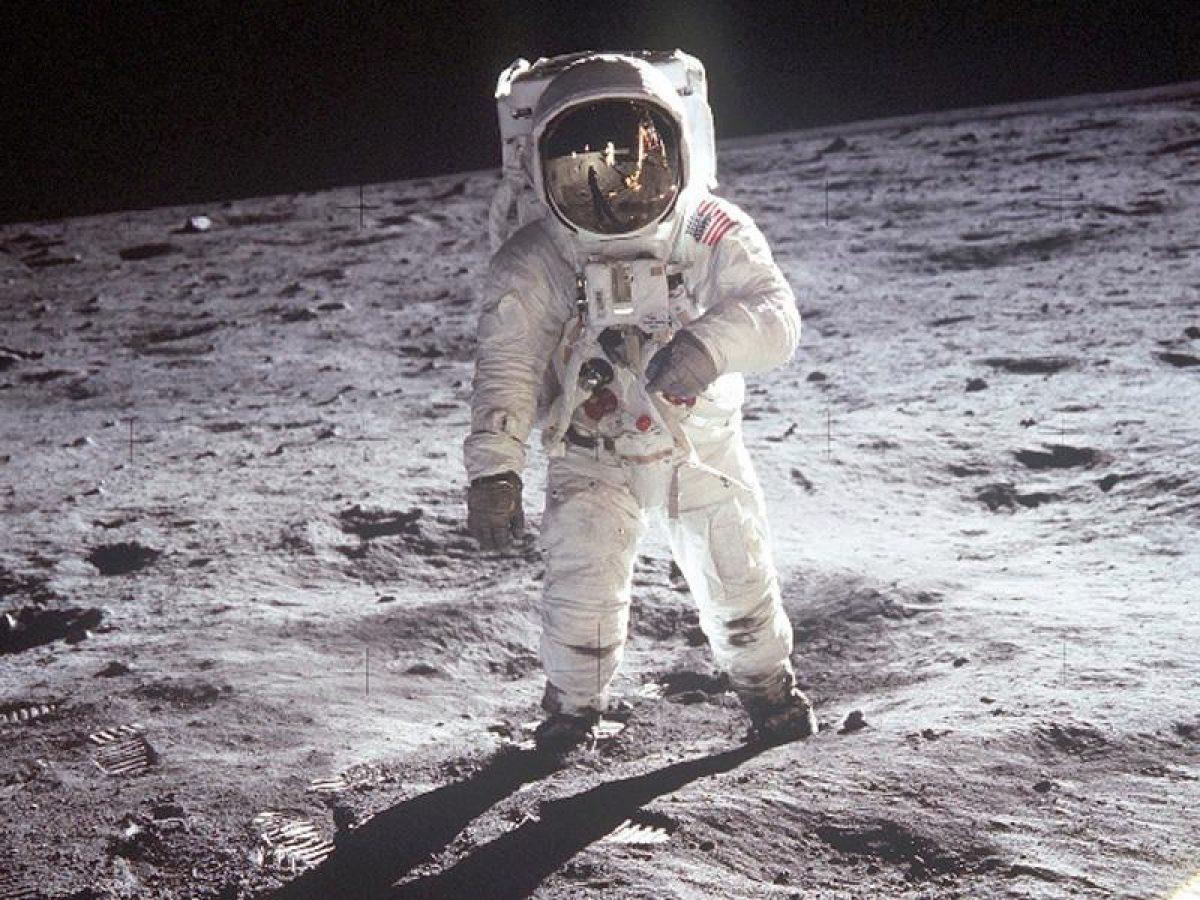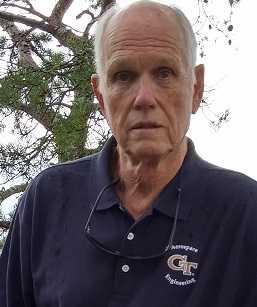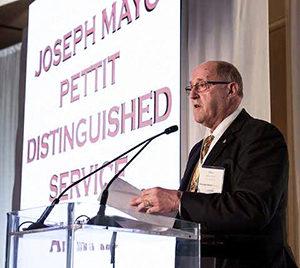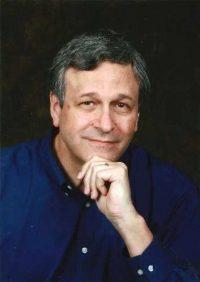
AE alums Marc Dash, MSAE '68, Wilton Rooks, MSAE '62, and Steven Justice, BAE XX share their memories of the iconic space voyage that first put humans on the surface of the moon. (photo: courtesy of NASA)
Wilton Rooks, MSAE '62: A Very Different Apollo Space Program
he Apollo 11 mission that landed man on the moon 50 year ago was like all of the Apollo space missions before and since: full of technical challenges that thousands of engineers met with determination and grit.
There was a lot to motivate them.
Sputnik had already been launched, and, in the ensuing years, the ‘space race’ with Russia had heated up. NASA had been given a larger role due to difficulties experienced by the military organizations in launching rockets. Repeated launch failures by the US increased the number of challenging space-related jobs that were being developed.

There was a concerted effort between the military and NASA to cooperate in this new space venture; military personnel with relevant background were being assigned to work as NASA engineers. It was in this hectic time period that I had the pleasure of working on the largest and the smallest rocket engines in the Apollo program. These are my recollections...read more
(text and background only visible when logged in)
Marcus Dash, MSAE '68: Sharing an Anniversary with History - Almost
If you are lucky, you are old enough to remember the awe that swept the globe on July 20, 1969, when Apollo 11 astronauts Neil Armstrong and Buzz Aldrin first walked on the moon.
If you are really lucky, you are Marc Dash, MSAE '68, a former NASA engineer who worked on that storied mission. Fifty years later, the now retired Goldman Sachs partner (and retired Georgia Tech adjunct professor) still talks about that night - and his 10-year stint at NASA - with unmitigated excitement.

"Everyone who worked at NASA at that time knew what the mission was - we'd all heard President Kennedy's challenge - and we knew we were working on cutting-edge technologies to make it happen," said Dash, who helped design and build Apollo's Saturn V rocket and went on to work on the design of the Space Shuttle. read more
(text and background only visible when logged in)
R. Steven Justice, BSAE '80: Not Simply a Footprint in the Lunar Dust
I am truly a child of the ‘Space Age’ - being born just months after the launch of first satellite, Sputnik, and days before the launch of the first U.S. satellite, Explorer 1.
To say that, as a child, I was enthralled by anything space-related would be a bit of understatement.
My mother many times told the story about the four-year-old version of me sitting in front of the television watching the launch of astronaut John Glenn and turning to her to say “I want to do that!"

From then on, I simply absorbed any and all materials about space from the school library, avidly watched 16mm NASA films that were distributed on a regular basis to schools, and bugged my parents to buy magazines or books about the space program.
After each manned flight I lived for the publication of the next National Geographic so I could read the detailed story and see the wonderful color pictures of the mission. My bedroom was filled with plastic model kits of rockets and spacecraft, along with the posters and photos of the astronauts.
I was a space geek and proud of it. read more